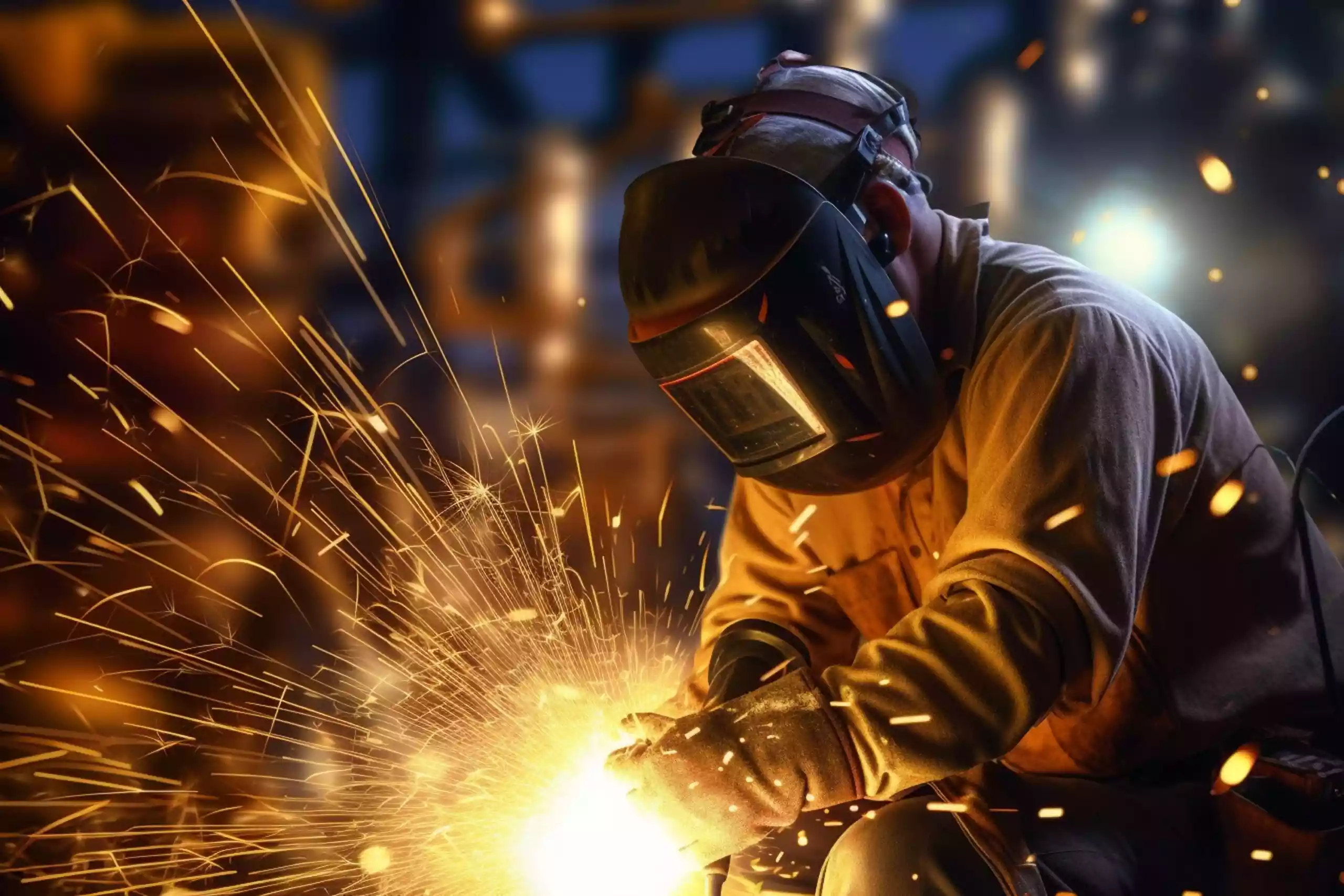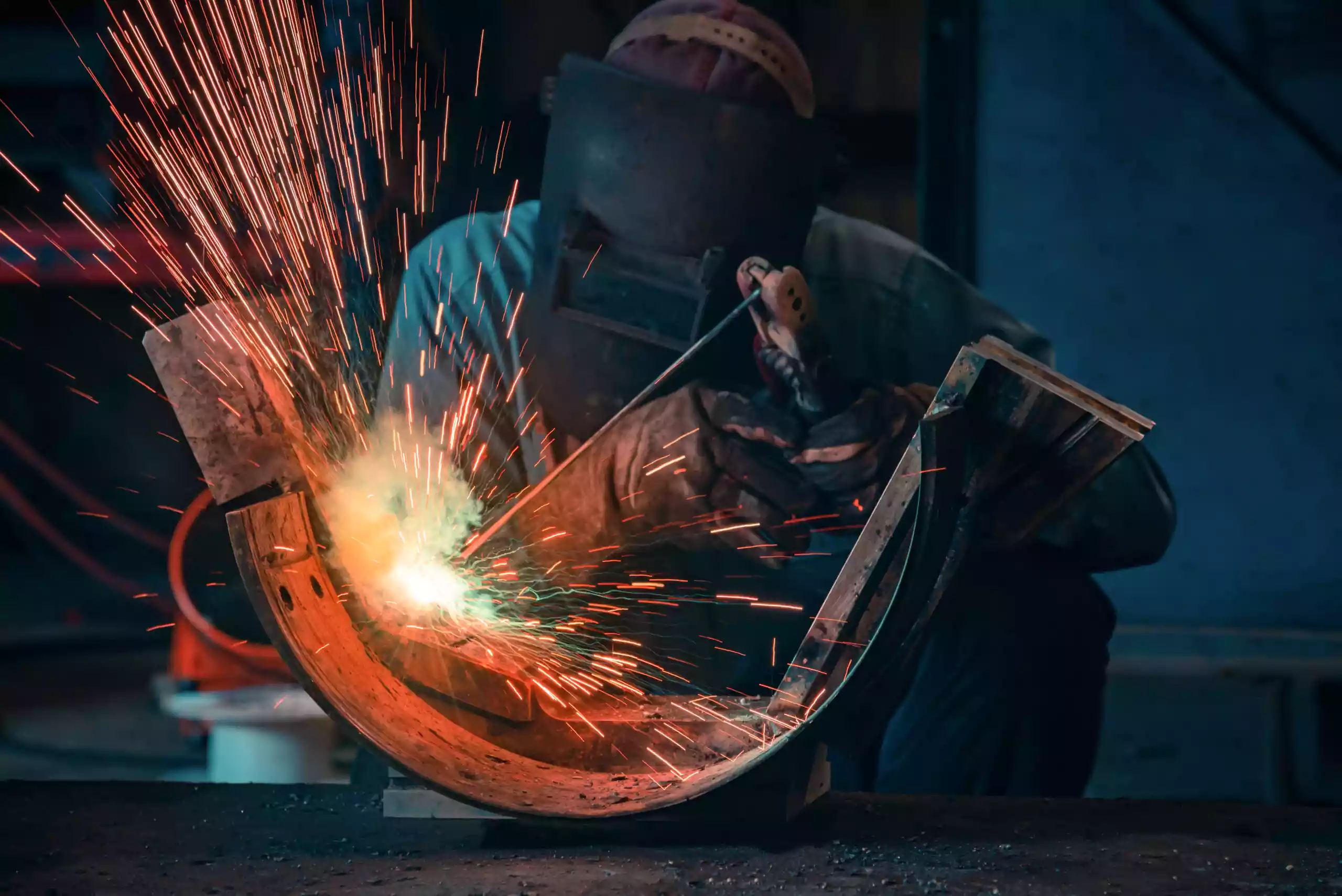Welding is a complex and often dangerous form of metalworking, but it can produce remarkably strong and durable results when done properly. Skilled welders must know how to navigate the many challenges associated with this specialized craft, including safety hazards, material compatibility, joint quality and equipment maintenance issues. The stakes are high in welding – not only could an incorrectly executed weld create hazardous conditions, but a professional-grade project requires accuracy that cannot be achieved without expertise. In this blog post we will explore why proper welding technique is so essential in crafting reliable and sturdy products that meet your exact specifications.
Safety Hazards of Welding
Welding can be a dangerous activity when proper precautions are not taken. Common safety hazards include burns, splatter, gas and fumes, electric shock and fires or explosions.
To minimize these risks, welders must wear appropriate protective gear such as flame-resistant clothing, fireproof gloves, face shields or goggles, and welding boots to protect their feet. It is also important for welding facilities to have procedures in place to ensure that workers understand the dangers associated with welding. This includes developing safety plans detailing fire prevention and evacuation protocols as well as providing employees with the necessary training and personal protection equipment to safely perform their duties.
Additionally, working areas need to be free of clutter to reduce tripping hazards or possibilities of foreign objects entering the weld pool during execution. With the right training and guards in place, welders can continue their work without compromising on safety standards.

Material Compatibility
Material compatibility poses a great challenge when it comes to welding. Different materials, heat treatment processes, and filler metals will all react differently when exposed to temperatures generated by the welding process. In order for a weld to be successful, these different materials must be taken into account.
It is also important to understand the differences between each metal so that the correct joint configuration can be chosen. Even with adequate knowledge of material compatibility, safety becomes another issue with this precise operation which must constantly be kept in mind for proper grillage construction.
Joint Quality
Welding the perfect joint requires more than just having the right equipment, materials and expertise—it requires an intimate understanding of preparation techniques, mindset and inspection protocols. Knowing how to correctly prepare surfaces for welding is key in achieving a strong, high-quality weld, as small flaws or surface impurities can compromise the results.
The expectation of a “weld profile” is also important for getting it right; deep penetration can be desirable for certain applications, while surface aesthetics may be necessary for others. Of course, once the welding has been completed there should be post-weld inspections in place to ensure that everything meets quality standards before being sent out or passed on to the next stage of production. With these steps taken into consideration, joint quality should not be a concern.
Equipment Maintenance
Keeping welding equipment in optimal condition is key to preserving weld quality and avoiding potential safety risks. In order to maintain their machine, welders must understand the basics of how it works and be able to troubleshoot common problems such as loose connections or air compressor blockages.
Additionally, they should also know when it’s time to replace the machine, as welding machines that are not working correctly can lead to failures or hazardous conditions such as sparks, gas leaks, and fire hazards. By properly maintaining their welding equipment according to manufacturer directions, welders can reduce safety risks and ensure their welds remain up to standard.
Expertise Required to Overcome Challenges
To become a proficient welding technician, training is necessary to develop the skills of safety management, metallurgy and material science, precision measurements, welding joint design and analysis, thermal cycle control and system optimization.
Additionally, welding technicians must be knowledgeable in equipment maintenance and repair to ensure it is running optimally. As knowledge around welding technology and techniques evolves quickly, welding technicians must also keep up with current industry standard techniques.
Soft skills such as communication, problem-solving, teamwork, critical-thinking, as well as emotional intelligence are instrumental for success. Thus having a comprehensive combination of both technical learning as well as emotional intelligence can provide an ideal base from which any welding technician may successfully execute their tasks leveraging practical knowledge and real-world experience.
Tips for Working with Challenging Welds
Working with challenging welds is no easy feat, but it can be made possible by understanding which types of welds pose die most difficulty and spending time preparing for them.
While welding poses a number of threats to safety and results, such as potential material compatibility issues or joint quality concerns, focusing on the right techniques and adhering to strict maintenance procedures can help ensure a successful outcome.
Doing research into the specific kinds of welds being considered and mastering principles of ethics and safety are both key components when approaching more difficult welds. With a little dedication, even a challenging weld can be completed successfully.

Conclusion
From safety hazards to joint quality, welding presents a variety of challenges that require specialized expertise. To successfully overcome these issues, it’s important for welders to have rigorous training, understand how different materials interact with one another, be prepared for complicated welds and know when it’s time to replace their equipment.
Welders can also benefit from the many resources available on the topic of welding – be sure to take advantage of any that are available! With an understanding of welding’s challenges and these tips in mind, you’ll be well on your way to becoming a successful welder.
Frequently Asked Question
Welding can present various safety risks, such as exposure to sparks, fire, and toxic fumes. Therefore, it is essential to wear protective clothing including welding gloves, a respirator mask, and glasses. Additionally, make sure that your work environment is well-ventilated.
Stick welding, MIG welding and TIG welding are the three main types of welds used across many industries. Each has its own unique capabilities and may be better suited for different projects depending on the material being welded and the desired outcome.
You will need a welding machine; electrodes; clamps; chipping hammer; grinder; safety glasses or goggles; helmet or hood; leather shoes and gloves; and other protective clothing like respirator masks or jackets.